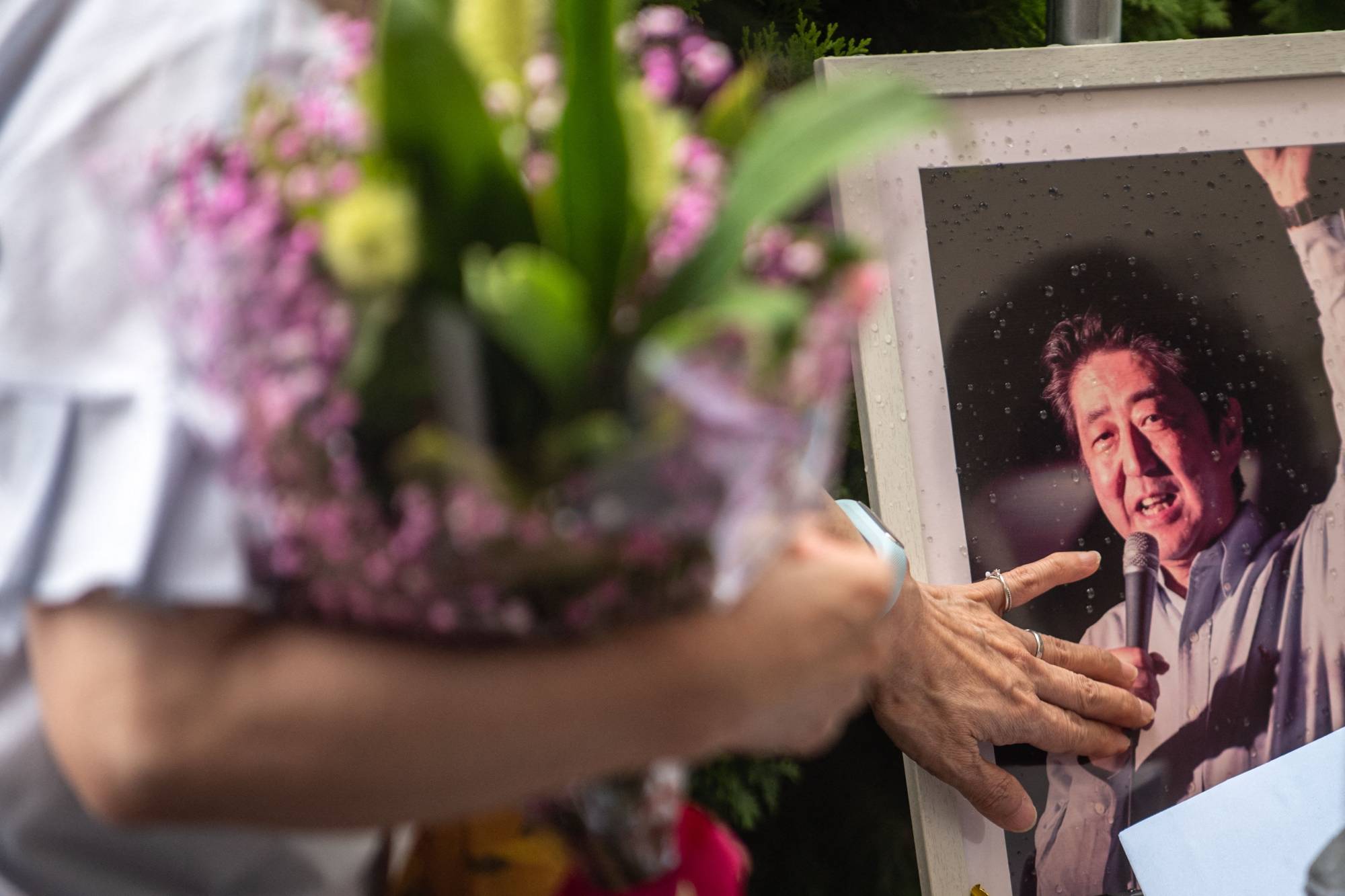Following the death of former Prime Minister Shinzo Abe, the ruling Liberal Democratic Party is facing tricky political questions in his home prefecture of Yamaguchi — and the answers are likely to impact a Lower House district realignment plan that was creating controversy within the party even before Friday.
Abe represented the Lower House’s Yamaguchi No. 4 district, an area that includes the port city of Shimonoseki. Under the election law, if a seat in the Lower House becomes vacant before Sept. 15, a runoff election should be held on the fourth Sunday of October.
However, because the Supreme Court is still hearing a trial related to voter disparity issues in last October’s Lower House poll, the timing of the Yamaguchi No. 4 runoff election will depend on when the court issues its ruling. If it comes on or after Sept. 16, an election would not take place until next April or later.


















With your current subscription plan you can comment on stories. However, before writing your first comment, please create a display name in the Profile section of your subscriber account page.